Ever get the feeling the powers-that-be aren’t exactly working together solve Britain’s housing crisis?
That’s the impression following a recent high court judgement, which ruled in favour of two local authorities to quash a government-enforced exemption that exempted self-builders and small developers from Section 106 affordable housing contributions.
Last month, a survey by the National Custom & Self Build Association (NaCSBA) showed that one in five councils have established a register or carried out assessments to gauge local demand for building plots for one of houses. That represents a big jump in the number actively looking at their self-build policies.
Fast forward a few weeks, however, and things aren’t looking so rosy, with Justice David Holgate ratifying a challenge by West Berkshire and Reading borough councils against the Section 106 exemption.
What is Section 106?
Section 106 allows councils to impose development charges. The fee level is frequently unknown until very late in the planning stages for a project – and payment is usually required before work can begin on site. This can have a devastating impact on the viability of self-builds, extensions and similar schemes, given that the average Section 106 charge is thought to be around £15,000 per home.
The exemption, which has been in force since November 2014 following a memorandum sent out by former communities secretary Eric Pickles, set a threshold at which payments would be required. So sites of 10 units or less (including self-builds, extensions and annexes) were exempt from both affordable housing and tariff-style contributions under Section 106. For protected rural sites, the cut-off was five units or less.
The relief was intended to support and incentivise self-builders and small-scale developments (especially on brownfield land) without adversely impacting on local contributions to affordable homes and infrastructure. Dovetailing with other government policies, such as the intention to build 200,000 much-needed starter homes by 2020 and the impending launch of the Right to Build, it was expected to help drive more housebuilding on small sites.
Faced with a revenue cut, it’s no surprise that some local authorities have resisted the move – and the high court agreed with their plea that the Section 106 exemption was unlawful and incompatible with the statutory planning framework.
Much of the argument centred on deliverability of affordable housing and potential opportunities for larger developers to flout the exemption. Unfortunately, individuals hoping to build their own homes – some of which are likely to be affordable – have been caught up in the fallout.
What happens next?
The mini positive for self-builders is that the government is sticking by its guns and intends to seek leave to appeal the decision. It is also thought to be looking at other routes to deliver the exemption for one-off schemes.
But for the time being, the Section 106 exemption has been suspended and some self-builders will be in limbo about whether they’ll face charges that could impact on the viability of their schemes.
What’s clear, though, is that the next iteration of any exemption will have to be more thoroughly thought-out. In particular, it needs to balances the genuine needs of self-builders for one-off homes – which can be both local and affordable and, let’s be clear, aren’t being enabled by the current S106 situation – with the other types of affordable housing.
Let us know whether your project has been affected by the loss of the Section 106 exemption in the comments section below.

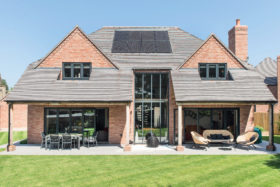































































































 Login/register to save Article for later
Login/register to save Article for later



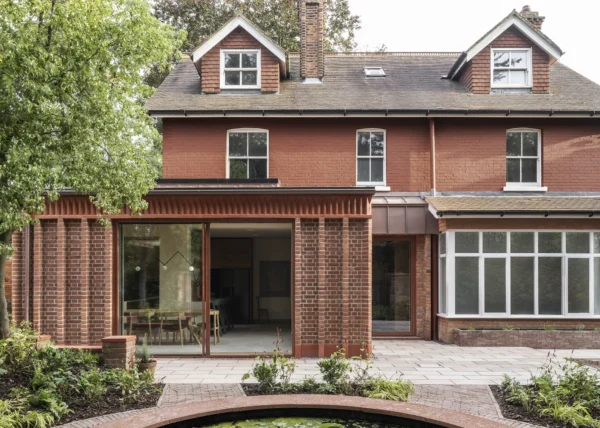
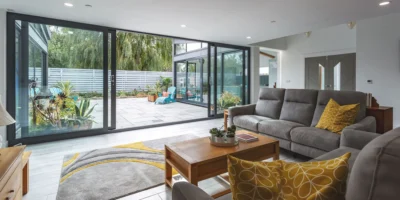
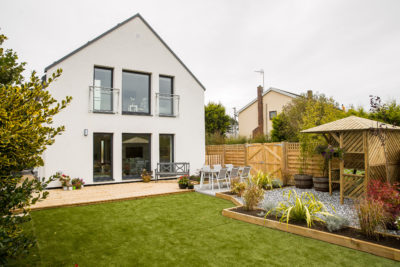
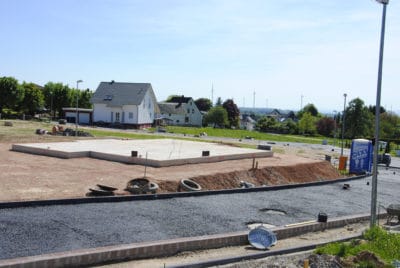
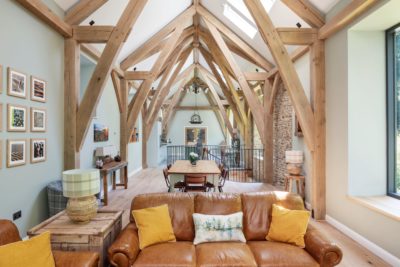





Comments are closed.